Model Course
「百日紅(さるすべり)」 を愛でる
<見頃:7月~9月>盛夏から初秋にかけて赤い花が百日も咲くことから「百日紅」と書く「さるすべり」。新緑の奈良公園や鷺池、荒池の周りで可憐な花を咲かせます。
| Areas |
|---|
Model Course
Ukimido Gazebo
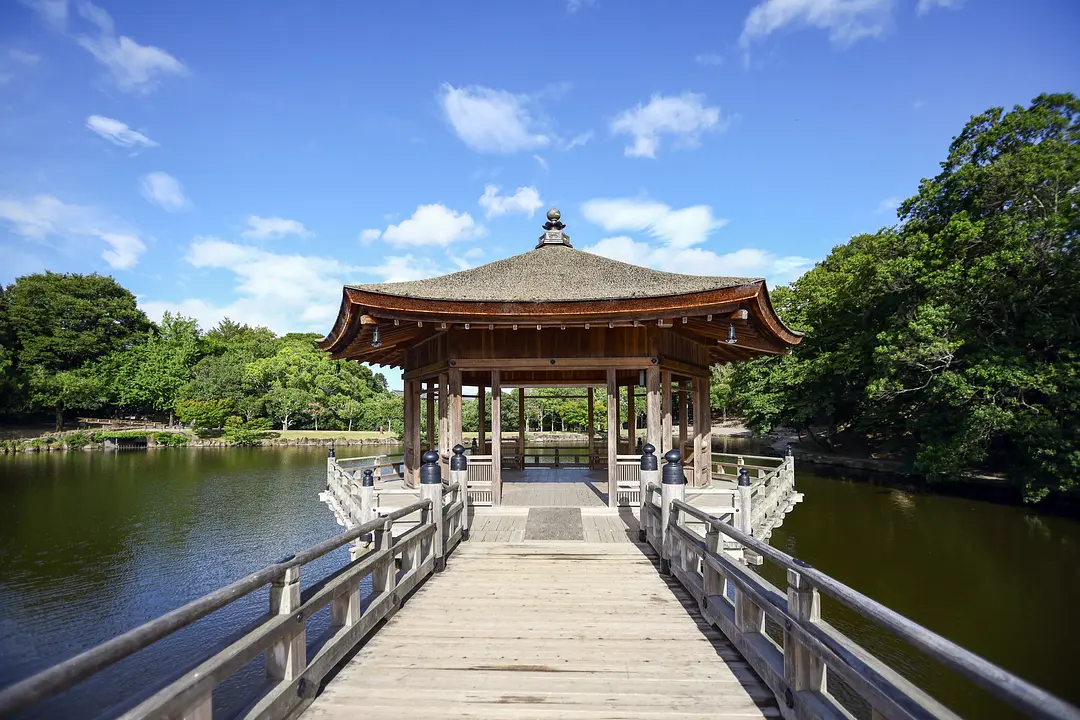
Ukimido Gazebo
This is an octagonal (hexagonal) temple with a cypress bark roof floating on Sagi-ike Pond in Nara Park. The reflection on the water's surface is beautiful, making it a place to relax by the water. The current Ukimido was restored to its beauty through three years of restoration work from 1991 to 1994, as the old Ukimido had become dilapidated. You will come across it as you walk through the Asajigahara forest from Kasuga Taisha Shrine.
Todai-ji Temple
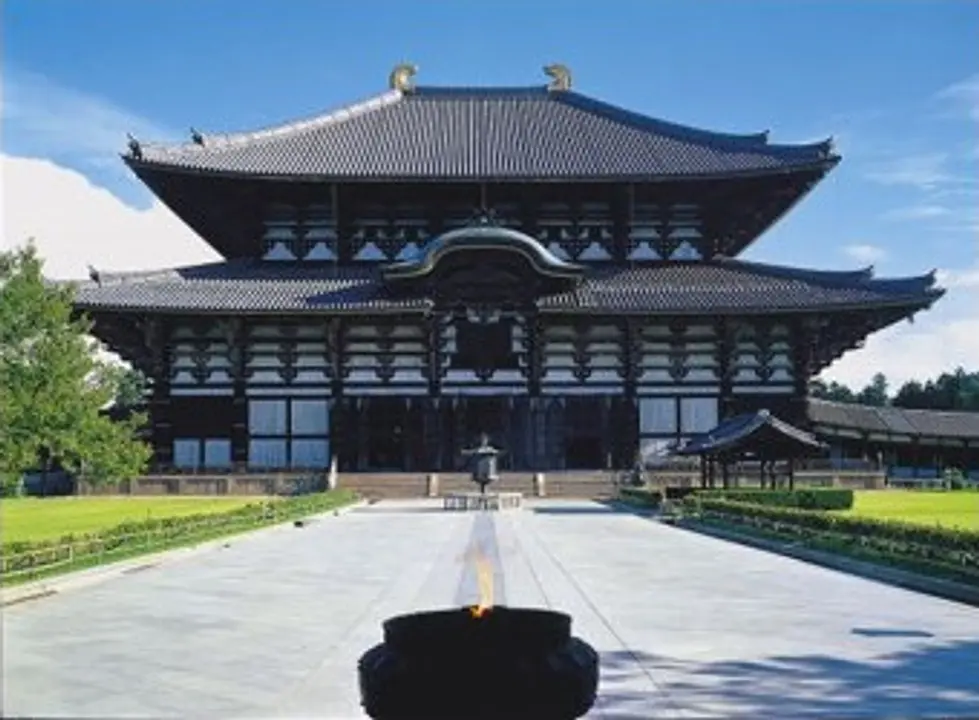
Todai-ji Temple
Todai-ji Temple, known for its "Daibutsu-san," or Great Buddha, is a representative temple in Nara, with an imposing appearance of the largest wooden structure in the world. This is a famous temple of the Kegon sect and was founded by Roben. As the imperial ordinance was issued for the construction of Great Buddha, the temple was erected under national sponsorship so that the Great Buddha would be enshrined. The consecrating ceremony was held in the fourth year of the Tempyo-Shoho era (752). It took almost 40 years to complete the whole temple complex, because the temple site was gradually extended by adding more halls and pagodas. Even after the transfer of the capital to Nagaoka in the third year of the Enryaku era (784), the temple enjoyed its prosperity under the protection of successive emperors, along with the Kofuku-ji Temple. However, the temple buildings were attacked with fire by Taira-no-Shigemori in the 4th yera of the Jisho era (1180), and by the army controlled by Matsunaga Hisahide in the 10th year of the Eiroku era (1567). Many of the buildings are reconstructions of the Edo period (1603-1868). There remain a large number of noted Buddhist statues sculptured in the Nara, Heian, Fujiwara and Kamakura periods (710-1333). A typical sightseeing course is as follows: the Nandai-mon Gate the Daibutsu-den Hall the Belfry the Shunjo-do Hall the Sammai-do Hall (Shigatsu-do) the Hokke-do Hall (Sangatsu-do) the Kaisan-do Hall the Nigatsu-do Hall the Tegai-mon Gate the Kaiden-in It takes 4 to 5 hours even if you quickly go through the whole course. If you don't have much time,it is better to focus on the Daibutsu-den Hall, the Sangatsu-do Hall (Hall for the March Rite), and the Kaidan-in (Ordination Hall). (15 minutes' walk from Kintetsu Nara Station)
Gango-ji Temple
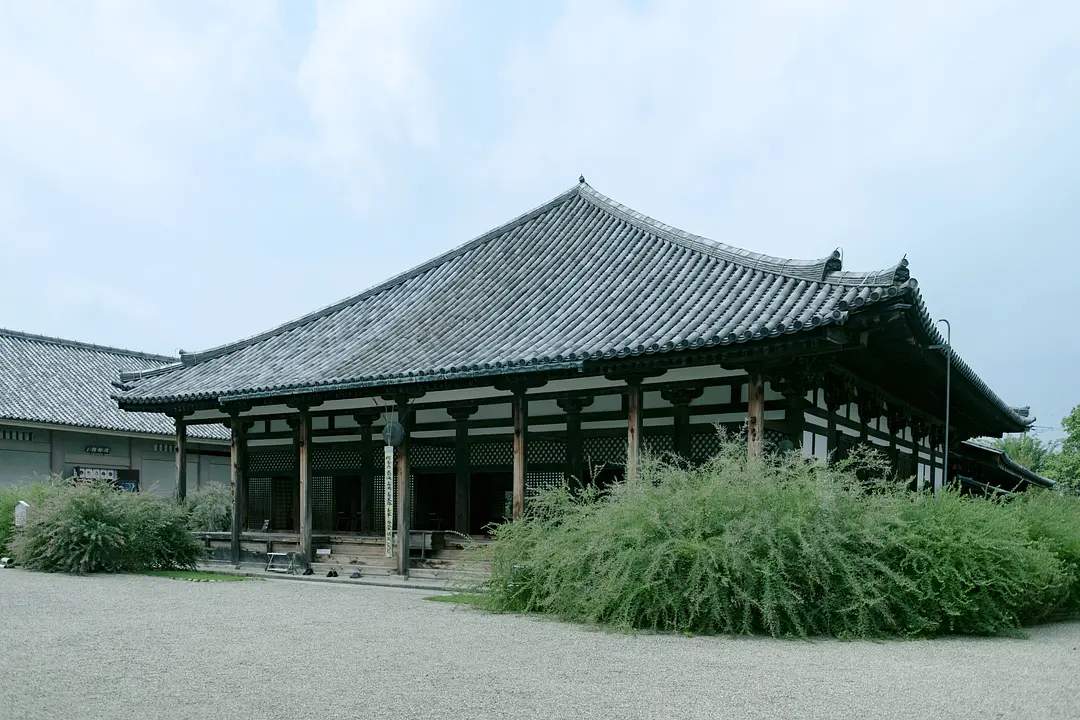
Gango-ji Temple
This edifice used to be a part of the priests' living quarters of the Gango-ji Temple, and was reconstructed as its main hall (National Treasure) and Zen hall (National Treasure) in the Kamakura period (1192-1333). The temple has attracted commoners since the Middle Ages. Numerous stone Buddhas and folk materials were discovered in the precincts. Thanks to the grand repair from the 25th to 29th year of Showa (1950-1954), we can enjoy appreciating the temple structures at the time of the Kamakura period's reconstruction. In the storehouse are a small wooden five-storied pagoda (National Treasure), a wooden sitting statue of Amida Buddha, Chiko Mandala, an abundance of articles on folk belief, and so on. (10 minutes' walk from Kintetsu Nara Station)
Isui-en Garden/Neiraku Art Museum
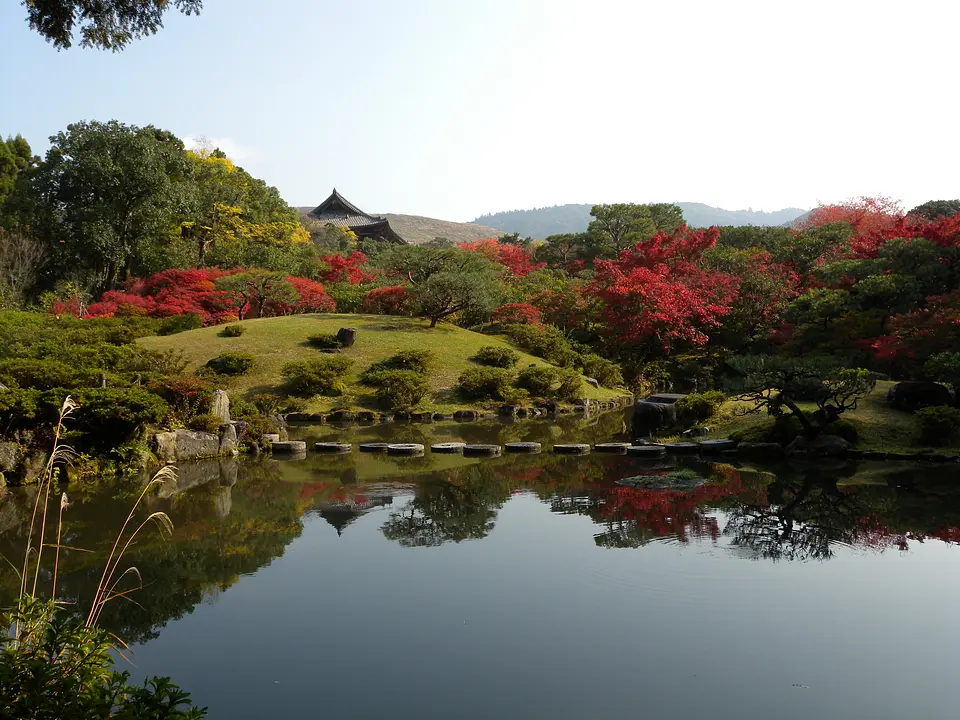
Isui-en Garden/Neiraku Art Museum
This garden was once built as a villa by a merchant from Nara Sarashi, and was designated as a national scenic spot in 1975. The roofs of Mt. Wakakusa, Mt. Kasuga, and the South Gate of Todaiji Temple serve as borrowed scenery, and the Nakanoshima Island and the artificial mountain are covered with grass, as if the grass of Mt. Wakakusa continues all the way into the park. Also within the park is the Neiraku Art Museum, which stores and exhibits Oriental antiquities.
Daijoin Temple Garden Cultural Hall
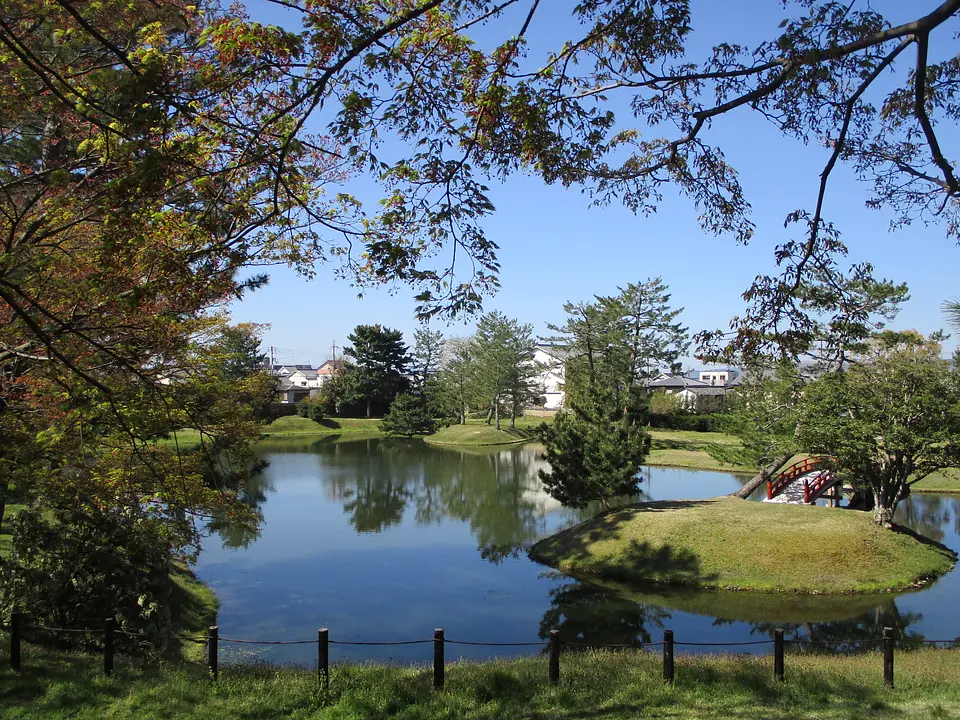
Daijoin Temple Garden Cultural Hall
This facility lies halfway between Naramachi, which centers around Gangoji temple, and the vicinity of Takabata, and enables you to rest freely while observing the reference materials exhibited in the former Daijo-in Garden, known as a place of scenic beauty, and Daijo-in. Moreover, an exhibition room, tea ceremony room, Japanese-style room, conference room and more, can be used in this facility. It is possible to enter the garden through the museum.
Obitoke-dera Temple
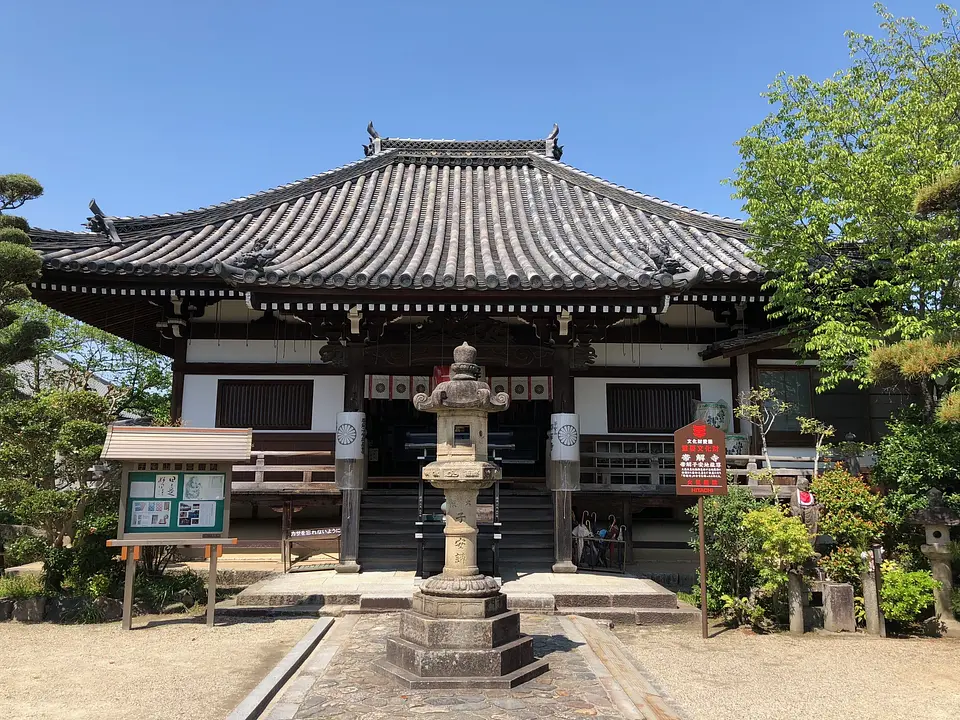
Obitoke-dera Temple
It is an old temple of the Kegon sect and is commonly called Obikai Jizo. It is said that in the early Heian period, Emperor Montoku's empress Fujiwara Akiko prayed to the temple's principal image when she was having trouble having children, and soon afterward she became pregnant and safely gave birth to Emperor Seiwa, hence the name Obigeiji. Masu. Recently, we have also dedicated Iwata obi to Empress Michiko, Crown Princess Masako, and Princess Akishino Princess Kiko. Many people from all over the country come to pray for safe childbirth.